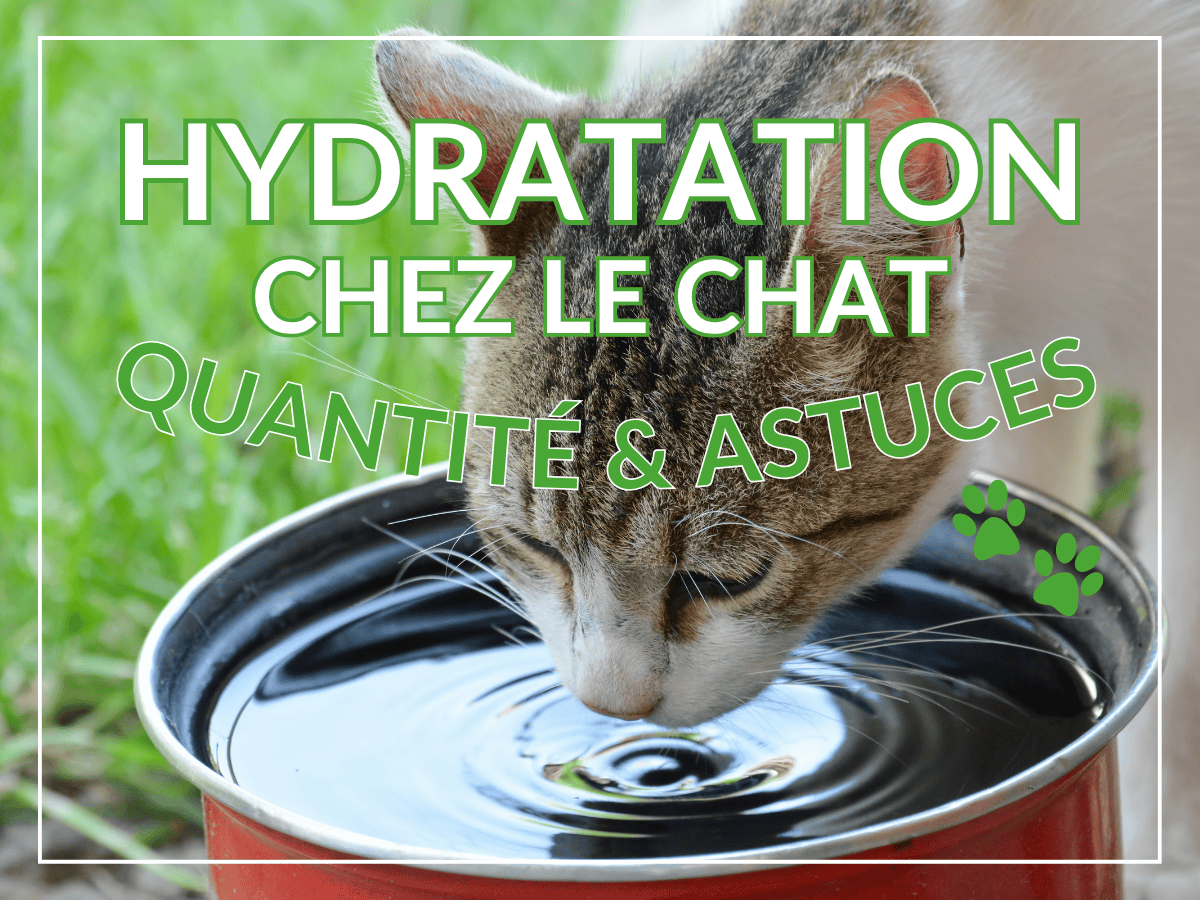
The crucial importance of hydration in cats: quantity & tips!
The domestic cat, descended from species native to arid areas, naturally has a low thirst instinct . Historically, it obtains a large portion of its hydration from its water-rich prey, making indoor cats vulnerable to chronic dehydration , especially if their diet consists primarily of dry food.
- Click to learn more: 👉 Get a FREE RECOMMENDATION for YOUR pet's health.
Dehydration can eventually lead to urinary tract problems, kidney problems, constipation, and decreased appetite and energy. In particular, highly concentrated urine (high urine specific gravity) is a common indicator of dehydration in cats , which can contribute to the formation of urinary crystals or kidney and/or bladder stones.
Water requirements in cats: how much water do they need?
Daily water requirements in cats can vary depending on weight, activity, diet, and health (possible presence of intercurrent illnesses). In general, according to the National Research Council , it is recommended to provide approximately 1 ml of water per kcal of energy ingested . However, studies report that in healthy cats, this ratio can be lower, between 0.6 and 0.8 ml/kcal , without this automatically leading to dehydration if their diet contains sufficient moisture.
In practice, a cat consumes between 40 and 60 ml per kilogram per day.
Scientific Evidence: How to Encourage Hydration?

1. Nutrient-enriched water
A study of 18 cats fed a dry diet compared a group receiving nutrient-enriched water with a control group drinking tap water. The group of cats hydrated with this enriched water significantly increased their daily fluid intake (from 10.3 to 15.2 mL/kg/day). They also had more dilute urine, lower urine specific gravity, and lower urine osmolality , showing a clear improvement in hydration status.
2. Viscosity of water
Another crossover study explored the impact of more viscous water (1% methylcellulose) on cats. They drank more (+21% to +25%) and showed a decrease in urinary biomarkers of crystallization and a lower urine specific gravity , reducing the risk of calcium oxalate stone formation.
3. Presentation of the container (fountain, running water, etc.)
Cats were exposed to three types of displays: a stationary water bowl, a circulating water bowl, and a freely falling water bowl. Among 16 cats, the type of bowl did not significantly influence the total volume of water consumed, although some individuals showed a personal preference. In conclusion, changing the bowl alone is not enough to increase consumption; other, more effective strategies must be combined.
4. Frequency of feeding and hydration
One study also assessed the impact of meal frequency (and diet hydration) on the physical activity of cats. Those fed twice daily with a 70% wet diet had higher activity levels , more abundant stools and urine , and lower urine specific gravity compared to a dry diet. These data suggest that increased water intake not only promotes urinary health, but also mobility and weight management.
Practical tips to improve your cat's hydration

1. Offer mostly wet food
Choose wet food or pouches , which generally contain 70 to 80% moisture , compared to kibble, which only contains 10 to 12%. More and more scientific studies show the need to include wet food in cats' diets, which helps reduce urinary and kidney problems.
2. Add water to meals
Mixing a little salt-free water or broth into wet food or kibble is a simple way to increase daily fluid intake without effort.
3. Use enriched or flavored water
Alternatively or in addition to offering enriched or lightly flavored water (with milk, tuna juice, or light broth) can encourage your cat to drink more. Be careful: this flavored water must be consumed within 12 hours.
4. Increase the number of water points and vary the containers
Place several water bowls in quiet areas, away from the litter box or food bowl. Some cats avoid drinking near their eating area or litter box. While fountains do not statistically increase overall water consumption, some individuals prefer flowing or cascading water, which encourages them to drink more often.
It is also advisable to change the water every day.
5. Monitor your urine: a healthy reflex
Have your urine specific gravity checked regularly during veterinary consultations. A urine specific gravity above 1.035 in a cat may indicate excessive concentration and therefore a lack of water. Conversely, a low urine specific gravity can be a precursor to chronic diseases (chronic kidney disease, diabetes, etc.).
Conclusion - Hydration plays an essential role in the cat's health
Hydration plays a vital role in a cat's overall health, particularly their kidney, urinary, and digestive health . Cats fed primarily kibble are at greater risk for chronic dehydration, even if they drink regularly. Scientific studies show that enriched water , wet food , and targeted strategies can improve water intake and prevent urinary and kidney disease.
In practice, promoting a wet diet (pâté, sachet of bites in sauce, etc.), enriching the water, diversifying the containers and checking urine density during veterinary consultations are the best ways to help your cat stay well hydrated.
If you're worried about your pet's health, HomeoAnimo's Free Pet Health Recommendation can really help. In addition to getting advice and recommendations from their natural health advisors, they'll also guide you through the products and treatment options that best suit your pet's health needs.
|
Anaïs BIDET |
Regional Council of the Order of Veterinarians of Brittany Anaïs BIDET – Veterinary Doctor Ordinary Councilor 53, rue Jules Vallès 35000 RENNES Tel: 02.99.63.71.95 |




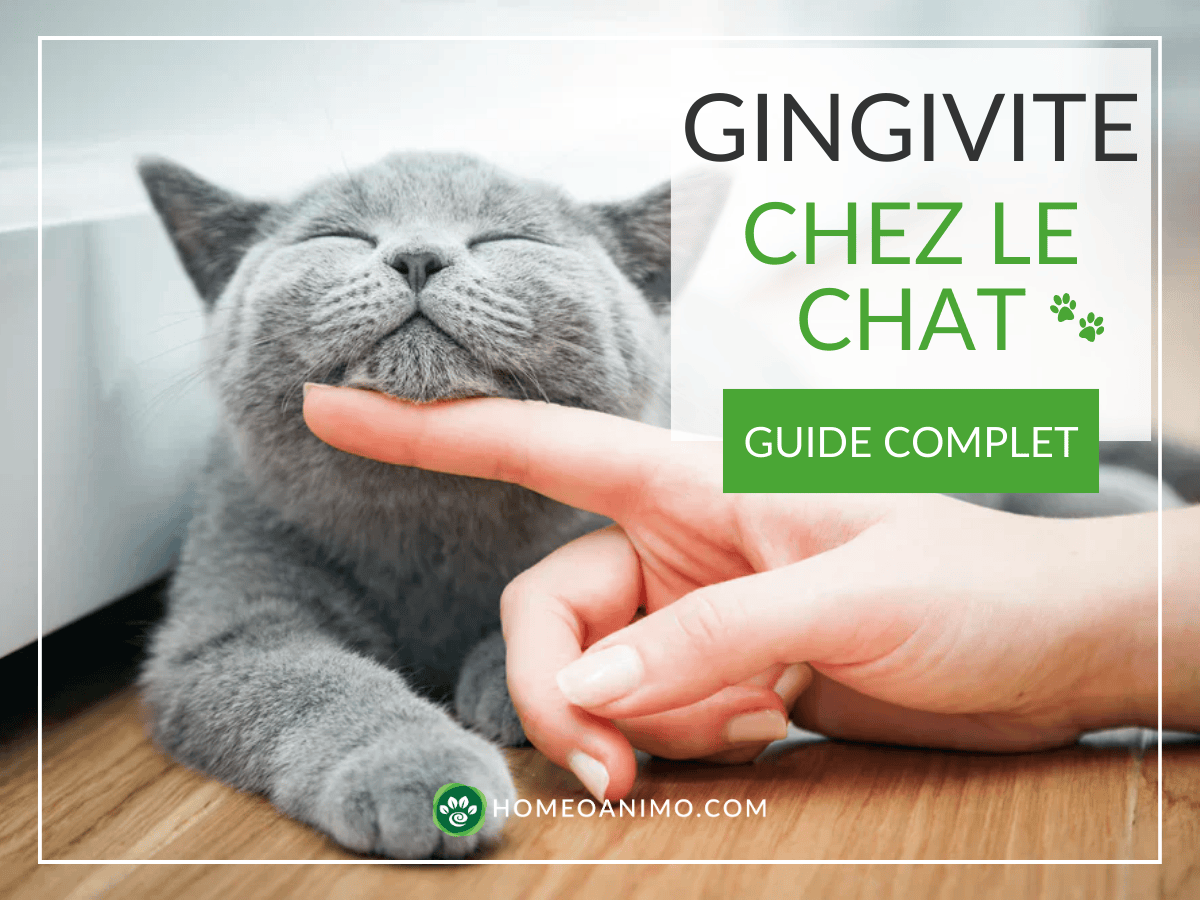
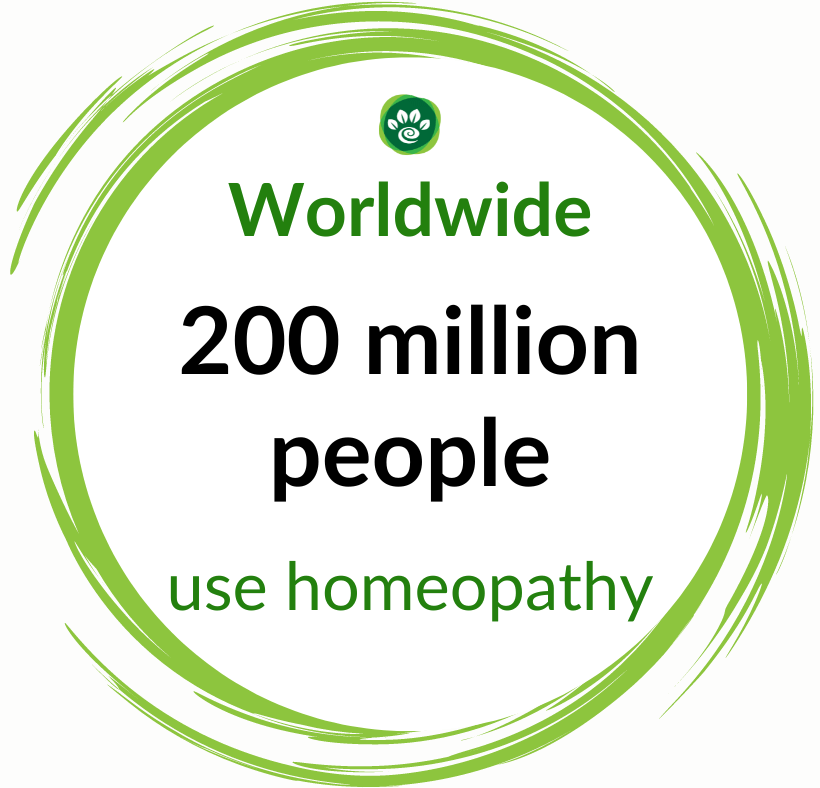
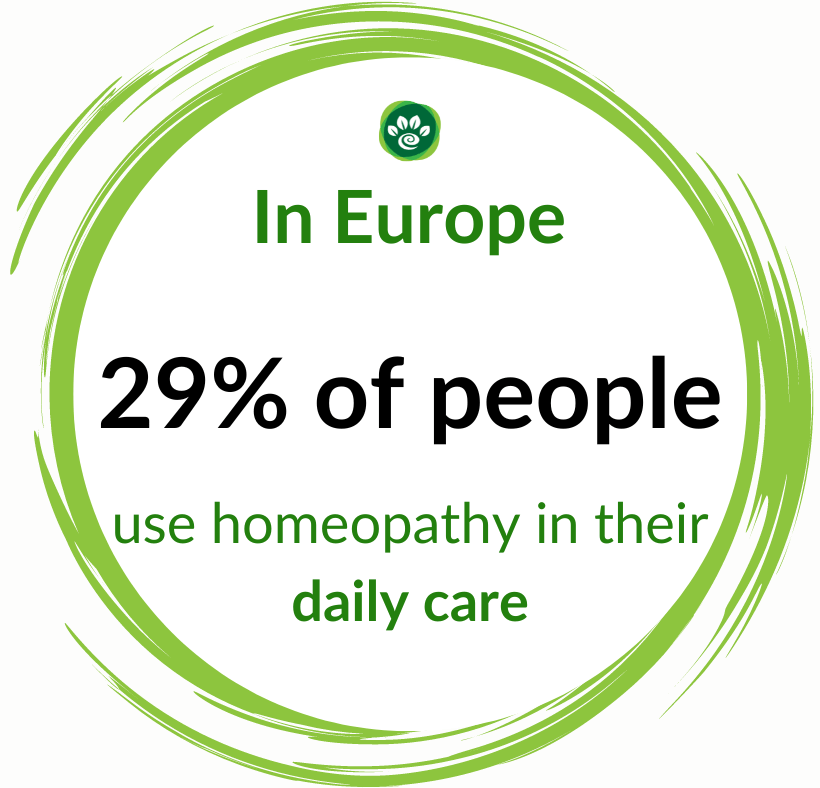
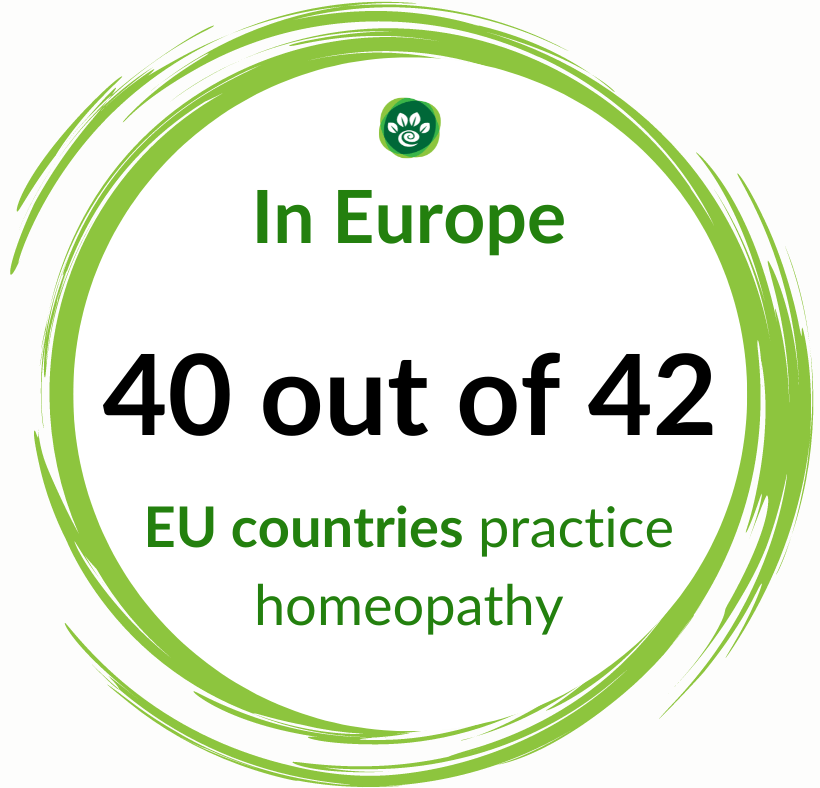
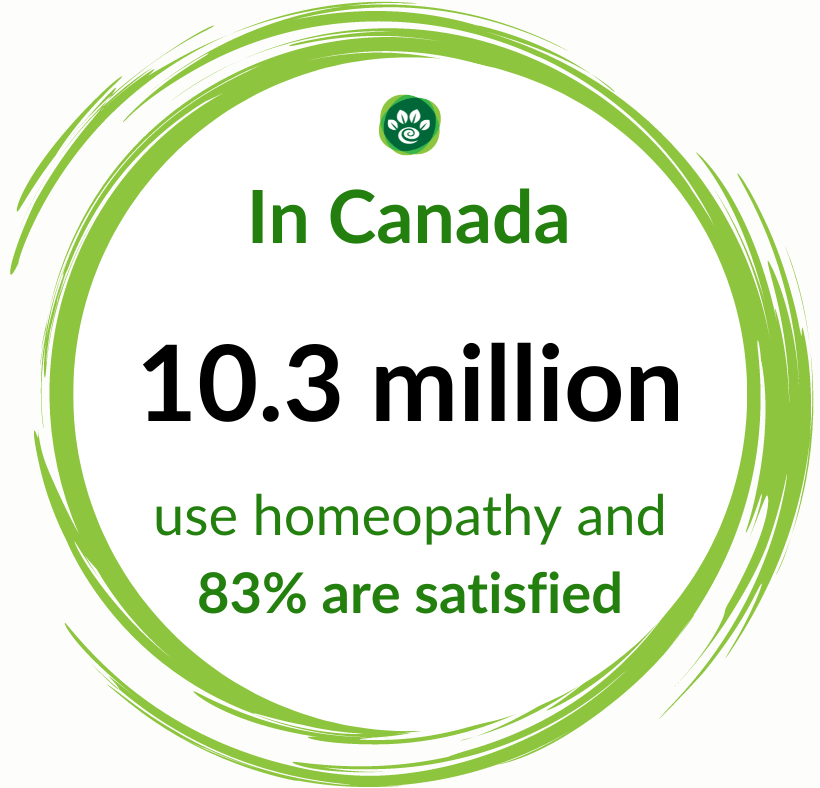
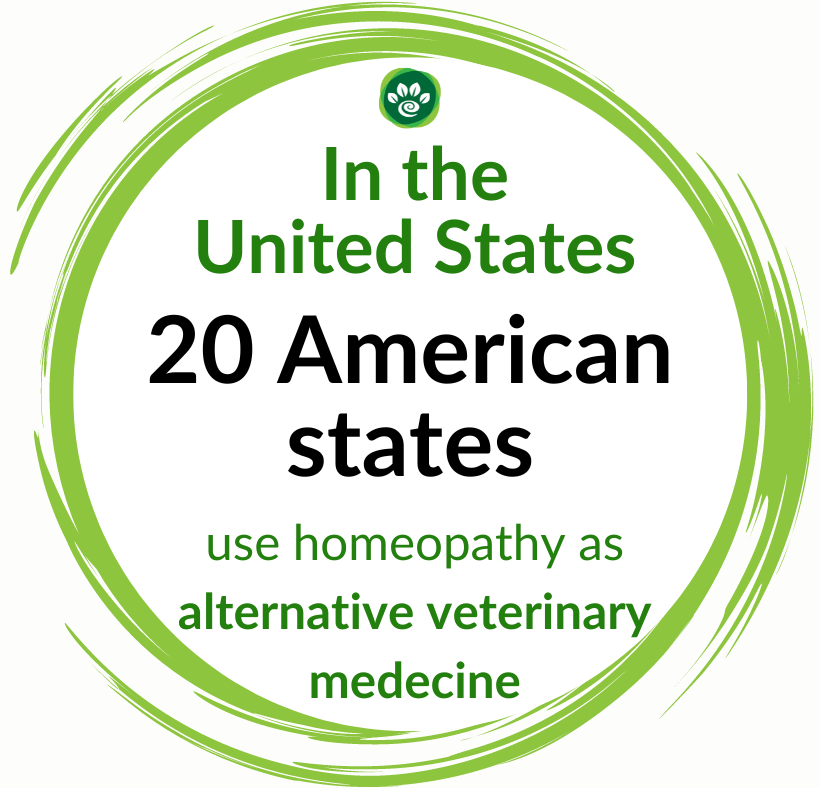














Leave a comment
This site is protected by hCaptcha and the hCaptcha Privacy Policy and Terms of Service apply.